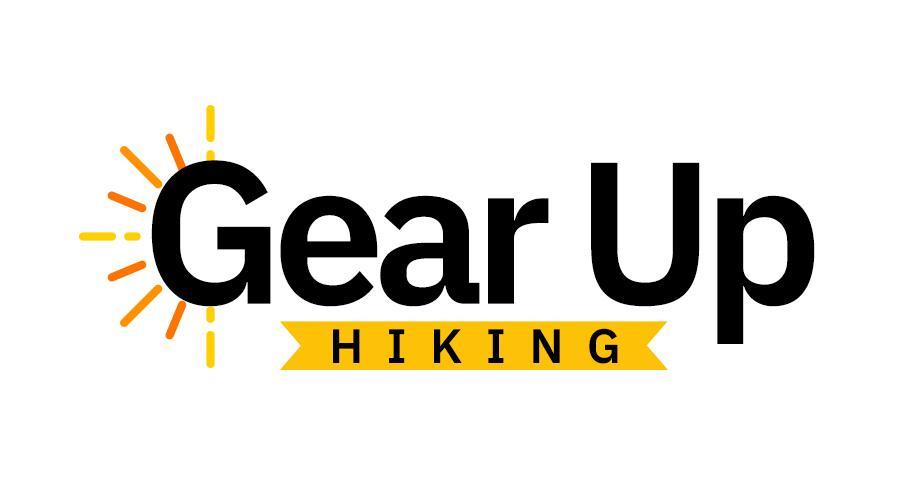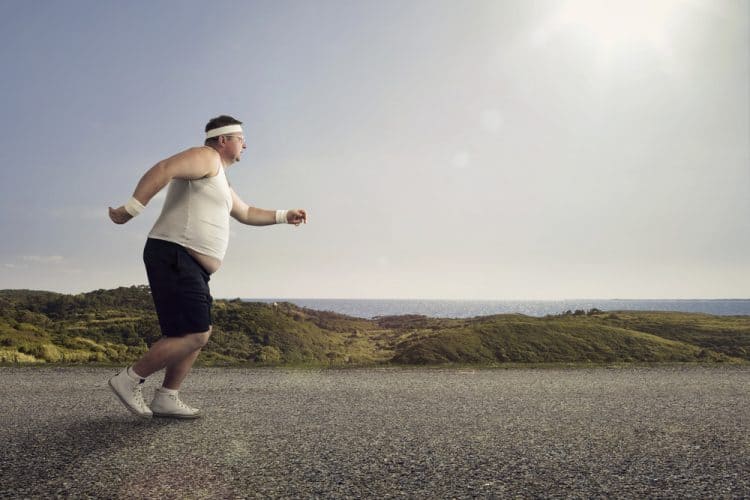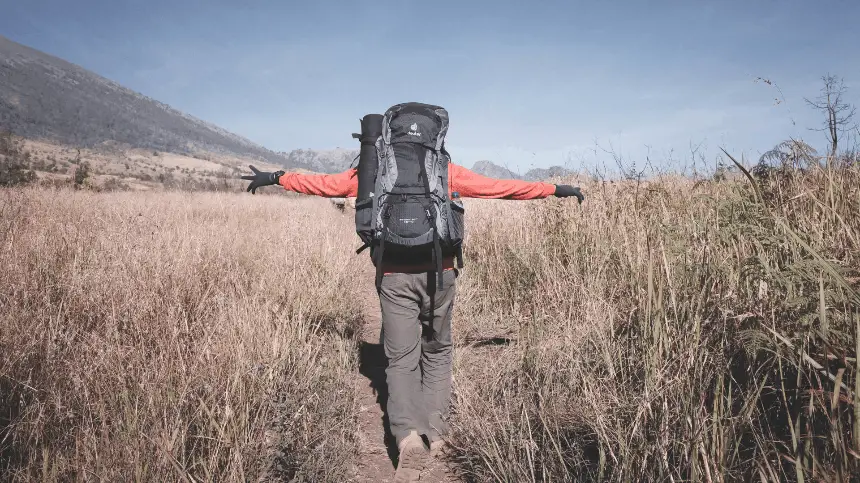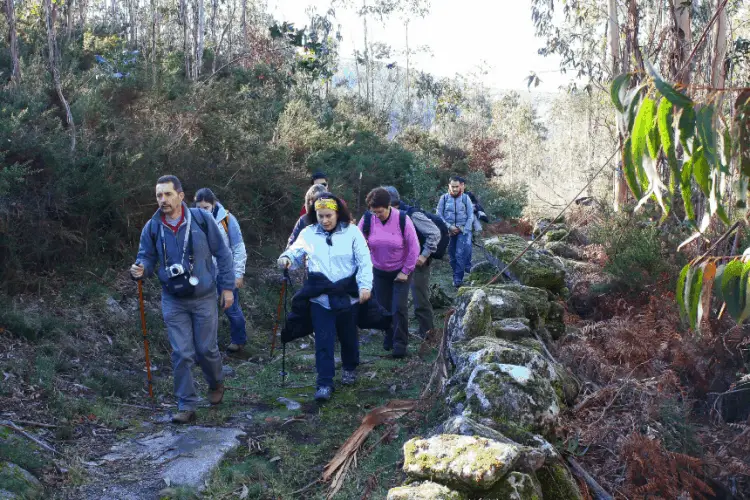Does Hiking Burn Belly Fat? Here’s The Truth [2021]
Whether you’re looking to trim down or simply be more active, you may be asking yourself: “Does hiking burn belly fat?” You’ll be pleased to hear that yes, hiking does burn belly fat.
If you want to know some juicy secrets and understand the process, then this article is for you.
Let’s dive in.
How To Burn Belly Fat: The Basics
In order to reduce the volume of your midsection, you have to lose fat overall. There isn’t one particular way to target the fat in your abdomen. However, fat in the abdomen can be categorized as visceral or subcutaneous.
Subcutaneous fat is the kind of fat that we can see. While this may be the fat we hate the most visceral fat poses a greater risk to your health.
Visceral fat grows on and around your organs. The presence of belly fat is associated with an increased risk of death.
Even in female patients with a normal BMI, their risk of dying from cardiovascular disease increased when belly fat was present.
You’ve probably heard that the only way to lose belly fat is through keto diet (or a similar diet) and exercise. This statement is correct, but there is more to it. If you are overweight and want to lose weight, you must operate at a caloric deficit.
Simply functioning burns calories, but humans tend to eat a lot more calories than they burn. To correct this, it’s important to watch what you eat and to be active enough to exhaust more than the calories you’ve consumed.
There’s been much debate recently on whether cardio exercise or weight training is better for weight loss. In general, cardio forms of exercise burn calories by getting your heart rate up.
The addition of exerting your muscles while your heart rate is up adds to the number of calories burned. These two components can easily be combined by going hiking.
Which brings us to the next section.
So Does Hiking Burn Belly Fat For Real?
Since hiking is a form of cardio, it does indeed burn belly fat. Moreover, it even builds muscle. Hiking is not only an effective way to burn calories and shed excess weight, but could also strengthen your body.
The number of calories burned hiking depends on several factors: the hiker, the weight of their backpack, the terrain, and the intensity of the hike.
The average person burns around 150 calories walking for half of an hour. When hiking on an incline, this number increases. The energy needed to carry yourself up the hill is much more than walking across a flat plane.
The overall terrain of a hike can influence how many calories you burn hiking. Trails with varying topography and rocky patches will exert your muscles more than a simple hike with no hills or challenges. This includes high peak hiking when you need oxygen too.
New hikers will burn more calories hiking than a more experienced hiker. The difference lies in the body’s ability to adapt to physical activity over time. You usually equate this to being “in shape.”
Someone who is regularly active and in good physical condition will not have to spend as much energy completing activities as someone who is usually sedentary.
Heavier-set hikers will burn more than their skinnier counterparts. A female weighing 120 pounds will burn 336 calories per hour on an average hike.
However, a female hiker weighing in at 220 pounds is estimated to burn 612 pounds per hour while hiking.
The more mass you have, the more your muscles will have to work to propel you through your hike and fight gravity as you ascend hills.
And just to be sure, the process will be more effective when you hike as compared to when you just walk. There's a big difference between hiking and walking.
If you’re up to a long distance hike, you need to bring supplies with you to keep you hydrated, fueled, and prepared for emergency situations.
Light hiking packs can help you burn 50 to 100 more calories per hour. Hefty backpacks can increase this number to almost 200 more calories per hour. Intense hikes will burn more calories than easy ones.
You can intensify your hike by adding weight to your pack, picking up the pace, or increasing the distance and the incline. That will increase the cardio-vascular benefits of hiking, and as a result you will lose more belly fat.
Sure enough, hiking alone can’t burn belly fat efficiently if you eat a lot of junk. You have to incorporate the proper nutrition plan in your regimen.
Avoid eating junk food and include more protein, quality carbs, and vegetables. Replacing beer and coke with water will help you too.
Hiking Versus Other Activities For Losing Tummy Fat
Hiking may not be your first choice when you think of forms of cardio. However, the biggest advantage that hiking has over indoor forms of cardio is that it’s outdoors.
When you take your workout into the wide-open air, you get to enjoy the fresh air. Increased oxygen flow can help you digest food more effectively.
It also increases energy and improves our focus. A healthy dose of fresh air can also lower your blood pressure.
Outside, you’ll also get a healthy dose of Vitamin D. Vitamin D is crucial in regulating the amount of calcium and phosphate in your body.
These are the nutrients that keep your bones strong and healthy. Without these minerals, bones lose their density. Bones with low density are prone to breakage.
The quality that lures people into hiking and keeps them hooked is the scenery. As you explore the world around you, you can find views you’ve never seen in a town you’ve lived in for years.
You can expand your knowledge of botany and wildlife while enjoying the great outdoors as well.
The focus of safety while hiking leads to fewer injuries compared to other sports. Running can be extremely harsh on the joints. Shin splints are a common and painful condition for average runners.
Hiking is a very dynamic form of exercise. It takes almost every muscle in your body to complete a hike. This total body integration makes it more effective at burning calories than weight training, for example.
The general basis of weight training is to train one or two muscle groups really hard one day, rest, then train another muscle group extensively.
This schedule can lead to uneven muscle toning and increases the likelihood of injury and overexertion.
Weight training also doesn’t get the athlete’s heart rate up as much as cardio does. The increases heart rate is the main cause of calories being burned.
Muscle burns more calories than fat does. This is because muscles are sinewy, moving tissue while fat is gelatinous and stationary.
As you hike and build the muscles required to hike effectively, your body will burn more calories at rest than it would if you were harboring excess fat.
A Few Easy Tips For Hiking For Weight Loss
To get started hiking, consult experienced hikers. They can tell you what trails near you are suitable for beginners and what you may need on your journey. You can find experienced hikers by asking around or consulting online forums.
Start small and slow. Any amount of activity is better than none when you’re trying to lose weight.
Hiking beyond your experience level could cause bodily injury. Injuring or overexerting yourself early on could turn you off to the joy of hiking and will delay your weight loss as you rest and heal.
Once you’ve gotten your feet wet with hiking, you can then amp up your experience. You can add weight to your pack or strap on some ankle weights.
The extra weight will make you work harder to achieve the same hike than if you had no extra weight.
As you become more comfortable with a trail, increase your pace. You may start out at 2 miles per hour, and the next time you travel down that trail, increase your speed to cover 2.5 miles per hour.
Keep increasing your pace gradually. This will also shorten your hike, giving you more time to stop and take in the beauty of the area. There are only so many hours of light in a day, and you should make the most of this precious time.
As you get into a comfortable pace, increase the distance of your hike. The more ground you cover, the more calories you’ll burn scaling the countryside.
You can bring a friend on your hike. Hiking with a company can present challenges, but it also increases your chances of having fun.
Talking while hiking will keep your heart rate up even when you decrease your tempo. Going on a hike with a buddy or a group is also much safer for you and everyone present.
Be sure to stay hydrated while hiking. Even if you’re exploring nature during cool seasons, you will sweat as you move around.
As you lose water through your sweat glands, you’ll need to replace the water and electrolytes. Not doing so could result in dehydration. Dehydration is a serious threat to a hiker’s health.
If your focus is weight loss, you’re probably tracking your calories. It is imperative to watch what you eat, but it’s also essential to make sure you’re eating enough.
Do not go hiking while fasting. Doing so could result in you becoming ill, passing out, and injuring yourself. Eat a hearty, balanced meal a few hours before your hike. When going on long treks, bring snacks with you.
You can prepare your own protein pack with dried meat, nuts, and cheese. Granola is also a great choice for a hiking snack.
Granola provides simple sugars to keep you going and keeps well in a hiking pack. Check these delicious hiking meals for more ideas.
Once you’ve got a few trail passes under your belt, you can put your estimated pace and distance into a hiking calorie burn calculator. Many free hiking apps can do that for you.
They can help you tally how many calories you’ll burn on your hike and you can adjust your calories accordingly.
Conclusion
Now you know that hiking burns belly fat. It’s a wonderful outdoor exercise for all those who are willing to lose weight while enjoying some scenic views and fresh air.
To get the most out of your exercise, hike as regularly as possible. In that way, you will lose those annoying extra kilos faster! Last pro tip: if you hike in winter, go crazy with your hiking shovel. You will burn tons of calories.

![Does Hiking Burn Belly Fat? Here’s The Truth [2021] Slim girl with centimeter isolated on white](https://gearuphiking.com/wp-content/uploads/2020/11/Depositphotos_31517167_s-2019.jpg)



